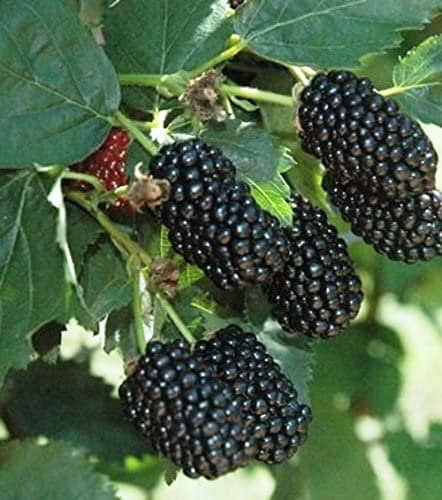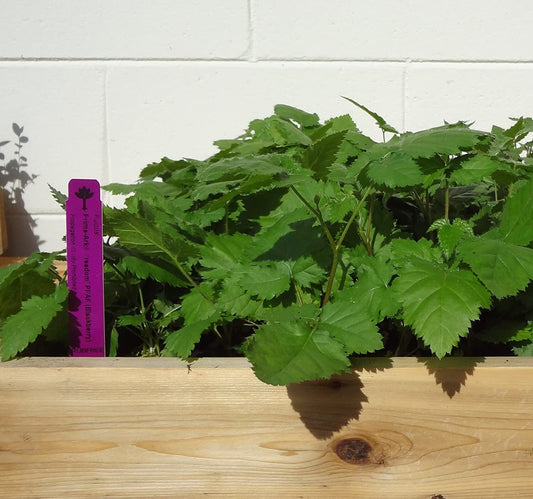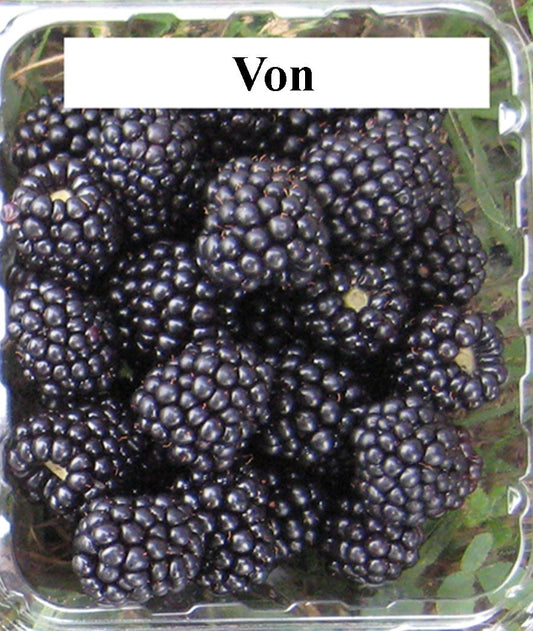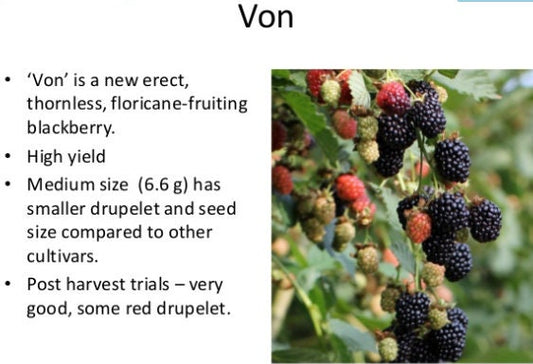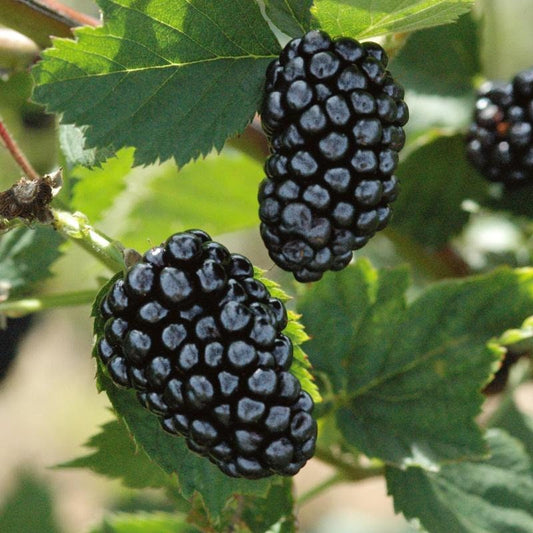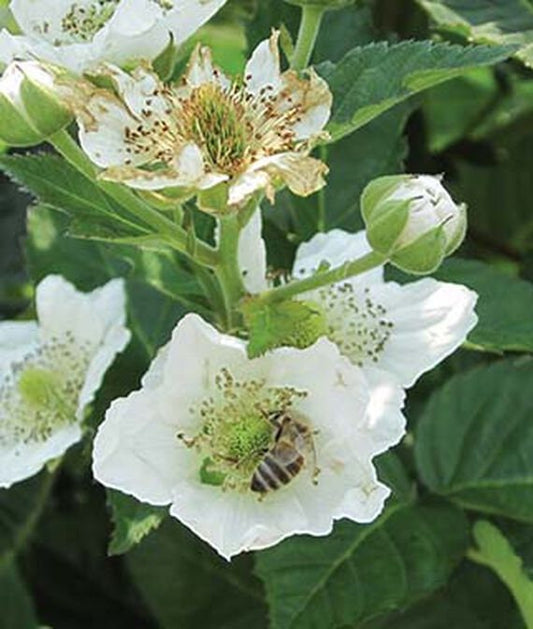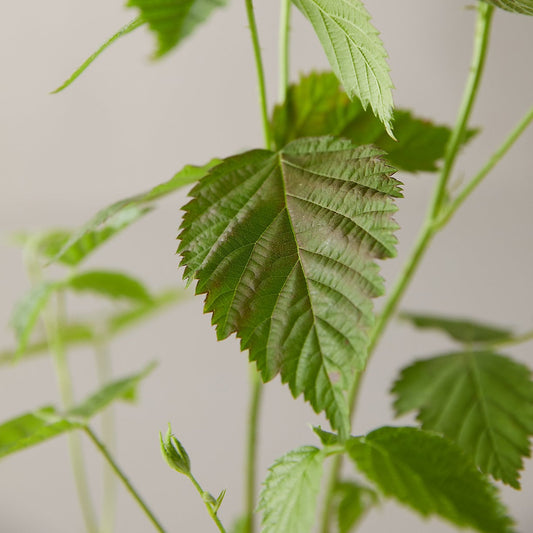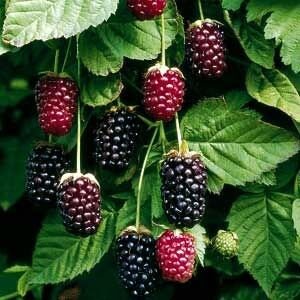Cultivating Sweet Success: How to Grow Navaho Blackberries
Navaho blackberries, notable for being the world's first erect, thornless blackberry variety, offer gardeners an unmatched combination of convenience, hardiness, and flavor. This variety, developed by the University of Arkansas, is celebrated for its sweet, juicy berries and compact growth habit, making it an excellent choice for home gardens across USDA zones 6-10. Whether you're tending to a spacious backyard or a cozy balcony garden, growing Navaho blackberries can be a rewarding endeavor, yielding delicious fruits perfect for fresh eating, desserts, and preserves. This guide will walk you through the steps to successfully cultivate Navaho blackberries, ensuring a bountiful harvest.
Understanding Navaho Blackberries
Navaho blackberries stand out for their exceptional sweetness, firmness, and long shelf life. The variety's thornless canes and upright growth habit not only facilitate easy picking but also reduce the need for extensive trellising, making it an ideal selection for both experienced gardeners and novices alike. Additionally, Navaho blackberries are known for their heat tolerance and disease resistance, promising a robust crop even in challenging conditions.
Selecting the Right Location
1. Sunlight Needs: Navaho blackberries thrive in full sun, requiring at least six to eight hours of direct sunlight daily for optimal growth and fruit production.
2. Soil Requirements: These blackberries prefer well-draining, fertile soil with a slightly acidic to neutral pH (6.0-7.0). Enhancing the planting site with organic matter can boost soil health and encourage vigorous plant growth.
Planting Navaho Blackberries
1. Optimal Planting Time: Early spring is the best time to plant Navaho blackberries, after the danger of frost has passed, allowing plants to establish before summer.
2. Planting Method: Dig a hole twice as wide and just as deep as the root ball. Space plants about 4-5 feet apart to ensure adequate air circulation and room for growth. Mix in compost or aged manure to enrich the soil, then plant the cane, backfilling the hole and watering thoroughly.
Care and Maintenance
1. Watering: Consistent moisture is crucial, especially during the plant's first growing season and in periods of drought. Water deeply and regularly, allowing the soil to dry out slightly between waterings.
2. Mulching: Apply a 2-3 inch layer of organic mulch around the base of the plants to retain soil moisture, regulate soil temperature, and suppress weed growth.
3. Fertilization: Use a balanced, slow-release fertilizer in early spring to support healthy growth. A second application after the initial fruit set can bolster productivity.
4. Pruning: Annual pruning in late winter or early spring is essential for maintaining plant health and maximizing fruit yield. Remove any dead or diseased canes and thin the plants to promote air circulation and new growth.
Harvesting Navaho Blackberries
Navaho blackberries typically ripen in mid to late summer. The berries are ready for harvest when they turn deep black and easily detach from the plant. Frequent harvesting encourages continued fruit production throughout the season.
Overcoming Challenges
While Navaho blackberries are relatively disease-resistant and hardy, they can still encounter issues such as pests and extreme weather conditions. Implementing integrated pest management practices and providing adequate care can help ensure a healthy and productive crop.
Conclusion
Growing Navaho blackberries is a straightforward and rewarding process that yields delicious, sweet berries with minimal hassle. By following these guidelines and providing the right care, you can enjoy the lush foliage and abundant fruits of the Navaho blackberry in your own garden. Whether you're an experienced gardener or new to berry cultivation, Navaho blackberries offer a delightful and fruitful addition to any outdoor space, promising sweet rewards for your gardening efforts.
